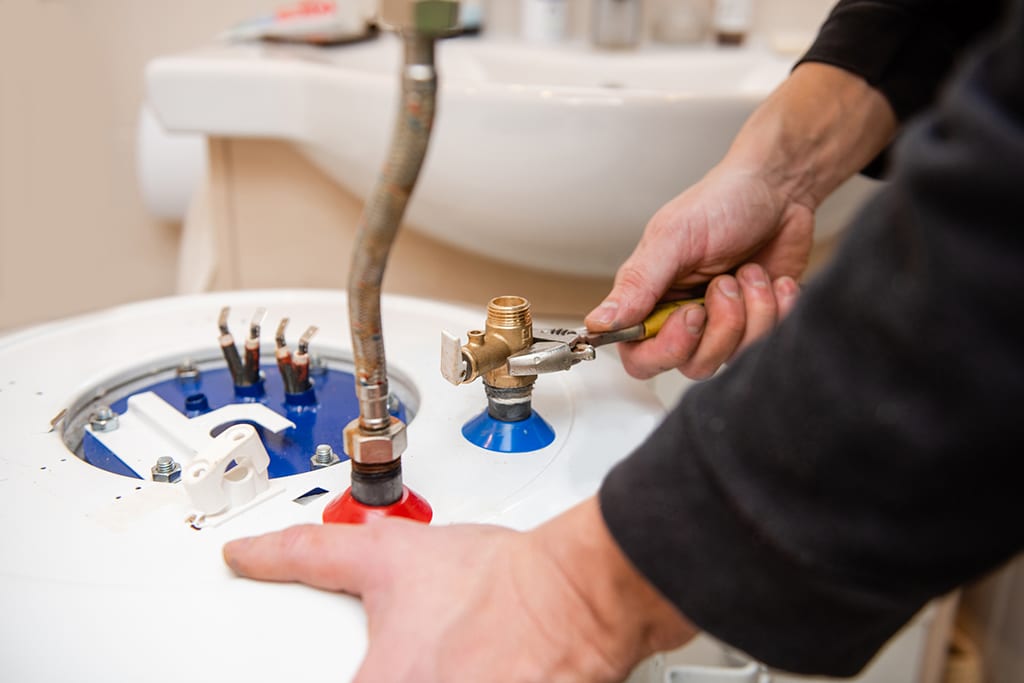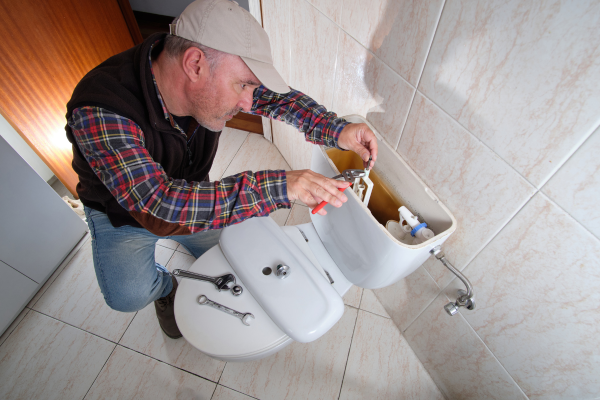Listed here below you will find more incredibly good information and facts on the subject of When to Call a Plumber? DIY or Professional Help.

Introduction
Pipes issues can vary from small troubles to significant frustrations, commonly triggering property owners to determine in between dealing with the trouble themselves or calling a professional plumbing professional. Recognizing when to do it yourself and when to seek professional help can save time, cash, and prevent prospective disasters. This short article explores the factors to consider when making this vital choice.
Advantages of Do It Yourself Plumbing
Tackling plumbing tasks yourself can be satisfying in a number of ways, especially for simpler projects.
Expense Cost savings
DIY pipes tasks commonly save money by staying clear of expert service fees. Tasks like repairing small leakages, changing faucets, or installing new showerheads are examples where house owners can manage repairs without working with a plumbing professional.
Skill Enhancement
Taking part in do it yourself pipes uses a chance to learn and boost sensible skills. Fundamental jobs empower property owners to comprehend their pipes systems much better and gain self-confidence in taking care of little repair work independently.
Dangers of DIY Plumbing
While do it yourself jobs offer benefits, particular risks need to be carefully thought about prior to attempting repair services.
Complexity of Tasks
Some plumbing problems need specific expertise and devices past typical home owner capabilities. Messing up intricate problems can lead to additional damage and expensive fixings.
Safety Worries
Collaborating with pipes systems entails threats such as direct exposure to water damage, possibility for electrical dangers, and taking care of devices improperly. Security preventative measures must be observed to prevent accidents and make sure effective repair services.
Indicators to Call a Specialist Plumbing
Acknowledging when a pipes problem goes beyond do it yourself capacities is essential to stop intensifying problems.
Indications of Complex Problems
Instances include:
Motivate professional intervention is essential to address these problems successfully and decrease damage.
DIY Plumbing Tips
For effective do it yourself pipes, it's vital to be prepared with the right tools and follow proper procedures.
Basic Tools and Materials
Secret tools for DIY pipes:
Step-by-Step Guides
Clear guidelines make sure secure and efficient DIY fixings:
Picking the Correct Time to Do It Yourself
Determining when to tackle pipes jobs yourself requires assessing both the complexity of the problem and individual convenience levels.
Assessment List
Consider:
When to Absolutely Call an Expert
Specific scenarios demand instant professional interest to avoid substantial damage or security dangers.
Examples consist of:
Searching for and Working With a Specialist Plumber
Choosing a certified plumber makes sure reliable solution and peace of mind in fixing plumbing problems.
Standards for Option
Aspects to take into consideration:
Price Analysis: do it yourself vs. Specialist Providers
Comparing the monetary effects of do it yourself initiatives versus specialist pipes services assists in making educated choices.
Financial Considerations
Review:
Final thought
Making a decision whether to DIY or call a specialist plumbing professional rests on comprehending the complexity of plumbing issues and personal capacities. By considering the advantages and threats, homeowners can make informed options that promote reliable upkeep and safeguard their homes from pipes calamities.
When to DIY and when to call a professional plumber
There are Australian laws and regulations that regulate plumbing work in Australia. This means that there are few home plumbing tasks that you can DIY. Besides, a lot can go wrong with DIY plumbing projects. However, there are also plumbing works that you can successfully DIY. Read on to know when to DIY and when to call a professional plumber.
You can learn more about the risks of DIY plumbing projects, projects requiring special caution, and illegal DIY plumbing works to avoid. This post concludes with the services of commercial plumbers and why getting expert help is essential.
Reasons to Attempt DIY Plumbing Projects
While it is often not advisable to perform DIY plumbing repairs, several pros of DIY plumbing projects can make them attractive.
Save costs
A significant reason for doing DIY plumbing jobs is to save costs. It is possible to save on labour charges and overall fees if you buy the needed tools and parts from local hardware stores and do the repairs yourself.
Gaining experience
You can gain some hands-on experience in basic plumbing repair if you watch online videos and attempt the repairs yourself.
Confidence boosting
You can boost your confidence and self-reliance skills by performing DIY plumbing repairs and installations yourself.
Risks of DIY Plumbing Projects
If something goes wrong with your DIY plumbing project, you may have unfavourable results that you may consider the cons of DIY plumbing.
For one, your home may get so extensively water-damaged that your home and contents insurance will not cover you. You will also have to spend more money to repair the water or sewage problem than you would otherwise spend for professional plumbing jobs. Besides, you may often spend more time on DIY plumbing work than an experienced plumber would spend. This is because you may not have the needed skill set. There are also related safety hazards and potential threats of DIY plumbing jobs that you may need to consider. Plumbing Issues You Can Fix Yourself
You can attempt DIY plumbing for plumbing issues such as replacing tap washers, installing shower heads or performing minor tap leak repairs. However, it would help if you invited licensed plumbers to fix complex leaking showers, effectively deal with blocked drains, or repair hot water systems. This is the best way to ensure these plumbing issues are correctly fixed, and the project is insured.
Fixing clogged or blocked drains
You may have clogged drains or need help with slow-draining showers. These are tasks that you can resolve yourself using several options. To fix blocked drains, you may use baking soda, plungers, or wire hangers. Meanwhile, you can take the preventive measure of installing filtration systems such as drain filters to help prevent drain clogs.
New faucet installations
It is possible to install a new faucet yourself. You would have to turn off the hot and cold water valves. Then, you can remove and fix the old faucet and replace it with the new one.
Leaky faucet repairs
While leaky faucet repairs are more technical than installations, you can also take some steps to fix them. Turning off water valves is the first step in draining water from plumbing systems. Next, you can use a washcloth to cover the drain and remove the decorative handles.
This will allow enough room to unscrew the nuts that attach the faucet handle to the stem. Your final step is to take out and replace the old washers and O-rings with the new duplicates.
Fixing running toilets
An occasional DIY solution for running toilets is to restore the flapper in the tank to its proper place.
Burst pipes
You may have issues with your exterior plumbing fixtures. It may simply be that your inbound or outbound pipes have worn out, or you may have burst pipes due to flooding or large tree roots.
You may also have frozen pipes. These are all instances when you need to call a professional plumber. They will perform pipe inspections to locate the problem and implement solutions such as pipe relining.
Interior plumbing repairs
It's usually time to call a competent plumber if you want to do plumbing repair work on floors, ceilings, or the walls of your building. They can also help you fix faulty showers and sinks.
Plumbing renovation
Major renovation projects or plumbing jobs such as bathroom remodelling and bathroom renovations require the services of a professional plumber. Likewise, you need a professional plumber to fix your kitchen sink or plumbing. They can help you get the required plumbing permits. At the same time, they know what building codes apply to such renovation projects.

As a serious person who reads on When to Call a Plumber? DIY or Professional Help, I imagined sharing that piece of content was really helpful. If you appreciated our post if you please don't forget to share it. I am grateful for your time. Don't forget to visit our website back soon.
Apply Now